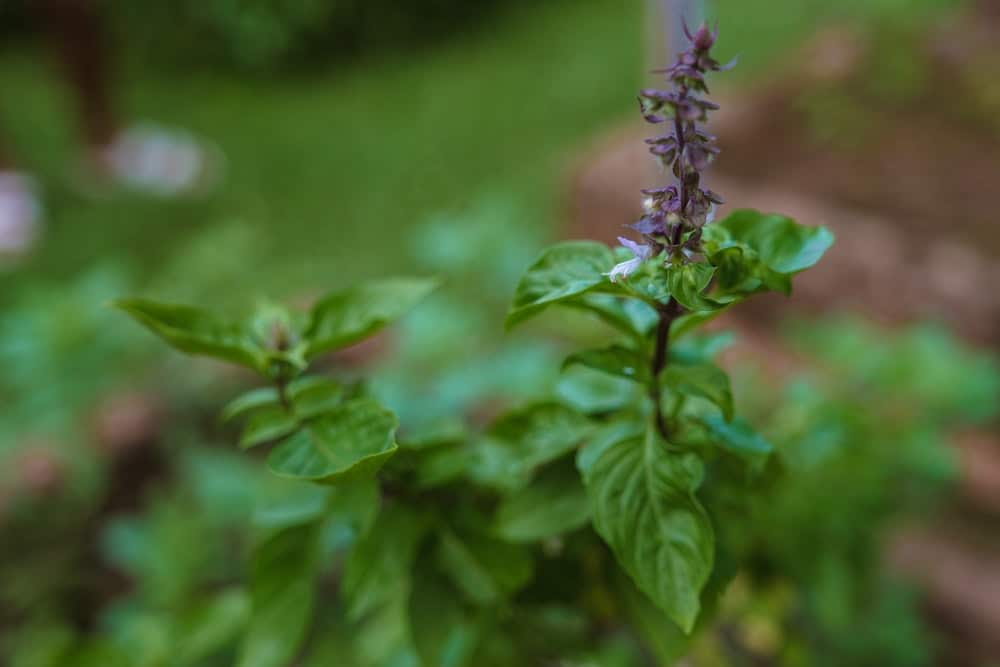What is the best way to handle waste disposal when camping in the protected areas of the New Forest?

Camping is a popular pastime for many, offering an opportunity to immerse in nature, rejuvenate, and reconnect with the elemental forces. While camping promises an unforgettable experience, it also presents a challenge in the form of waste disposal. This is especially true in protected areas such as the New Forest in Southern England, where rules are stringent to safeguard the rich flora and fauna. So, it's essential to know how to handle waste when camping in these areas to ensure we leave no trace. In this article, we'll provide you with detailed guidance on the best practices for managing waste during your camping trip, keeping in mind the precious ecology of the New Forest and similar areas.
Understand the 'Leave No Trace' Principle
The 'Leave No Trace' principle isn't just a catchy phrase— it's a code of conduct that every camper should adopt. This principle underscores the importance of minimising impact on the environment, which includes managing waste effectively. The last thing you want to do is spoil the beauty and serenity of the campsite for others, or worse, harm the local wildlife.
A lire également : What are the must-know navigational skills for camping near UK rivers and lakes?
When camping in the New Forest, knowing how to pack and handle your waste is crucial. Every piece of trash, every food scrap, needs to be packed out. Leaving anything behind, even if it's biodegradable, is unacceptable. The idea is to leave the campground in the same condition you found it, if not better.
Trash and Food Waste Disposal
The golden rule of camping waste disposal is: "If you pack it in, you pack it out." There are no trash services in the wilderness, so you must carry a trash bag to collect every bit of garbage produced during your stay.
Avez-vous vu cela : How do you find camping sites in the UK that offer educational workshops on local history?
Food waste may seem harmless, but it can attract wildlife, disrupt their natural feeding habits, and create dependency on human food. So, don't bury your food scraps or leave them for animals to find. Instead, pack them out in your trash bag.
It's also wise to plan your meals beforehand to limit food waste. Avoid bringing food items with lots of packaging, as these can quickly add to your waste. When shopping for your camping trip, opt for bulk items and pack them in reusable containers.
Water Waste Management
Maintaining water quality is another aspect of the 'Leave No Trace' principle. Clean water is a precious resource, especially in the wilderness where it's home and drinking source for wildlife.
Do not wash dishes or clothes directly in a lake or stream. Even biodegradable soap can harm aquatic life. Instead, carry water to your campsite and wash there. Dispose of your dirty water at least 200 feet away from water sources to prevent contamination.
Human Waste Disposal
One of the least pleasant but most important aspects of camping is dealing with human waste. In the New Forest and many other protected areas, traditional toilets are not available. So, what do you do?
The best way to handle this is to use a portable camp toilet or waste bag designed for this purpose. These products contain waste and neutralise odours, making it easy for you to pack it out.
If these aren't available, you may need to dig a cathole. The hole should be about 6 to 8 inches deep, and at least 200 feet away from water sources, campsites, and trails to prevent contamination. After use, cover and disguise the cathole with natural materials.
Respect Local Wildlife
Interacting with wildlife is a highlight for many campers, but it's crucial to remember that we are guests in their home. Feeding animals, whether intentionally or unintentionally, can have negative impacts.
Proper waste management is vital in remaining respectful to wildlife. This means storing your food and trash securely so animals cannot access it. Many campgrounds recommend bear-resistant containers, even if you don't expect to encounter bears. These containers are great at keeping smaller animals away too.
Remember, wildlife should find their food in the wild, not from your campsite. By keeping a clean campsite, you are protecting animals, preserving their natural behaviours, and ensuring a great experience for future campers.
In conclusion, waste management while camping in protected areas like the New Forest is both a necessity and a responsibility. By adhering to these principles, you ensure that these beautiful natural spaces remain unspoiled for generations of future adventurers.
The Importance of Proper Disposal of Toilet Paper and Human Waste
One of the challenges of camping in the great outdoors, particularly in the pristine areas of the New Forest, is handling sensitive matter such as toilet paper and human waste. It's crucial to remember that the goal of a camper should always be to leave no trace.
Toilet paper is one of the most common types of waste found in camping areas. It's unsightly, unsanitary, and, more importantly, it harms the environment. If you must use toilet paper, be sure to use only as much as absolutely necessary, and make sure it’s biodegradable. Rather than leaving it behind, pack it out using a sealable bag.
Human waste disposal can be more complicated. Dispersed camping in the New Forest or any national park requires specific measures for human waste. If there are no facilities nearby, you'll need to dig a cat hole. It should be about 6-8 inches deep and at least 200 feet away from water sources, trails, and your campsite itself, to prevent any chance of contamination. After use, cover and disguise the cat hole with natural materials.
For those who would rather not dig a cat hole, there are now numerous products available to help. Portable camp toilets or waste bags are handy alternatives. These specially designed bags contain waste and neutralise odours, making them ideal for pack-out scenarios.
In short, the correct disposal of toilet paper and human waste is not just about convenience or aesthetics. It's about preserving the natural beauty of our national forest areas and ensuring the health and wellness of wildlife and future visitors.
Campsite Cleanliness and Waste Disposal: Why They Matter
A key principle of camping, particularly in national forest areas like the New Forest, is to maintain the cleanliness of your campsite by managing waste disposal effectively.
Food scraps, in particular, can pose a significant problem. They might seem harmless enough but leaving them behind can attract wildlife and alter their feeding habits. Animals could become dependent on human food, which is detrimental to their health and can lead to aggressive behaviours. That's why it's essential to pack out your food waste.
Similarly, campsite waste, including food packaging and water waste, must be properly disposed of. It's best to plan your meals in advance and avoid items with excessive packaging. Instead, opt for bulk items and pack them in reusable containers. This minimises the volume of waste you'll need to carry out after your camping trip.
As it pertains to water waste, the rule of thumb is to dispose of it at least 200 feet away from any water source. This includes water used for washing dishes or clothes. This ensures that we do not harm the aquatic life that depends on these water sources.
Ultimately, every camper's goal should be to leave their campsite cleaner than they found it. It's not just about following the rules set by the forest service. It's about showing our respect for the great outdoors and helping to maintain its pristine condition for generations to come.
Conclusion
Camping in the New Forest or any protected area requires a deep respect for the environment and a commitment to the 'Leave No Trace' principle. It's not merely about enjoying the great outdoors; it's also about preserving it. Whether it's handling toilet paper, managing human waste, or disposing of food scraps, every step we take should aim towards minimal impact on our natural surroundings.
By adhering to these best practices for waste disposal, you can help ensure that our national parks remain beautiful and unspoiled. Remember, we are merely visitors in these extraordinary places — it's up to us to ensure we leave them as we found them, if not better, for future adventurers to enjoy.
